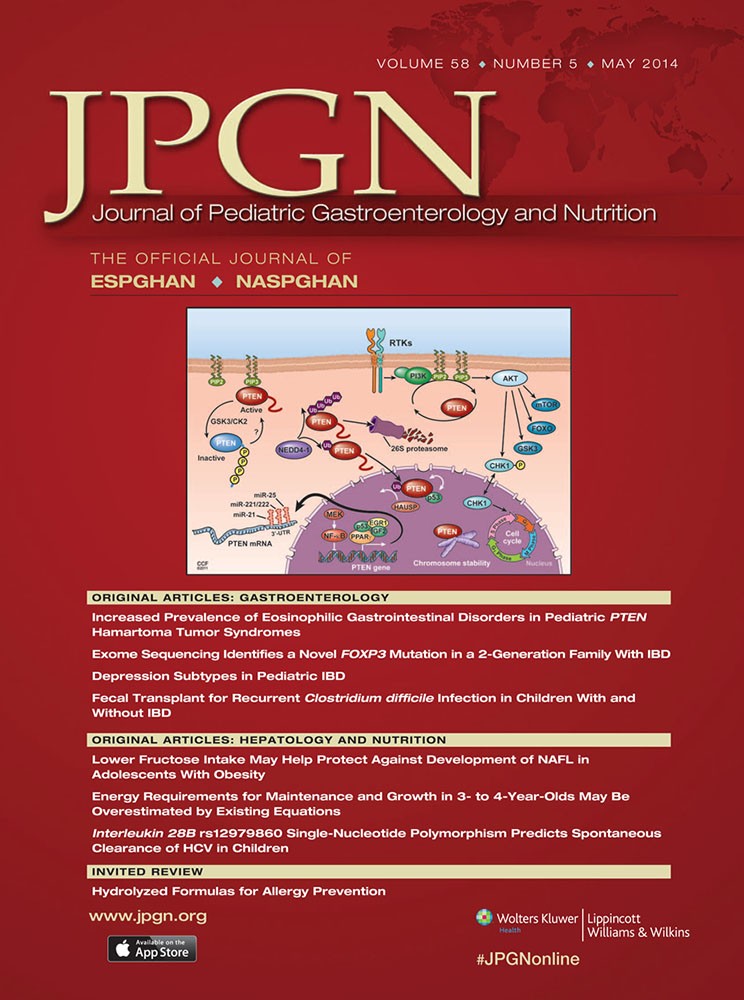Virulence Factors and Antibiotic Resistance in Children With Helicobacter pylori Gastritis
This study was funded by Inonu University Scientific Research Projects Unit with the project number of 2010/62.
The authors report no conflicts of interest.
ABSTRACT
Objectives:
There are limited data regarding the pattern of Helicobacter pylori (Hp) antibiotic resistance and virulence factors in children. Evaluation of prevalence of drug resistance and virulence-factor genotype in children with Hp gastritis and to investigate whether there is any relation between drug resistance and genotype were our aims in this study.
Methods:
Ninety-eight children with polymerase chain reaction–positive Hp gastritis were included. Antimicrobial susceptibility was tested by disc diffusion method and polymerase chain reaction assays were used for the determination of virulence factors.
Results:
The resistance rates to clarithromycin, metronidazole, and amoxicillin were 23.5%, 11.7%, and 3.9%, respectively. All strains carried vacA genotype, and 51%, 70.4%, 49%, 34.7%, and 25.5% were cagA-, cagE-, babA2-, iceA1-, and iceA2-positive, respectively. Of those 98 specimens, 81.6%, 19.4%, 38.8%, and 63.3% carried vacAs1, vacAs2, vacAm1, and vacAm2, respectively. Dominant vacA type was s1am2 (32.7%), followed by s1am1 (14.3%) and s2m2 (12.2%). Significant rates of clarithromycin resistance were observed in cagE-, iceA1-, babA2-, and vacAs1c-positive groups. In those with metronidazole resistance, vacAs1 and vacAs1c were more common (P < 0.05).
Conclusions:
The cagE-positive and vacA s1a/m2 genotypes, which are correlated with increased antibiotic resistance, were predominant in our population. In countries where Hp infection is prevalent, studies focusing on virulence factors and antibiotic susceptibility may provide anticipation of the prognosis and may be helpful to reduce morbidity and mortality.




